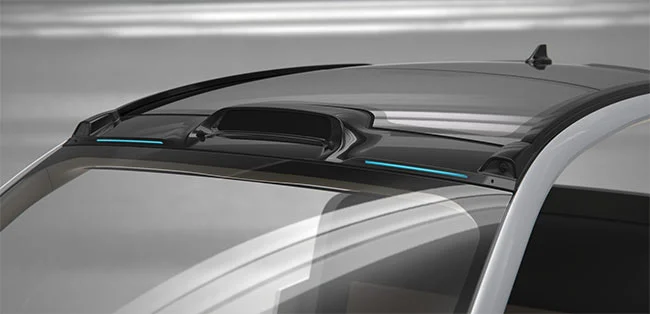
When buying a new car, you’ll have dozens of variables, from the model year and trim level to the specific features and available options. However, you probably won’t consider why you need a lidar sensor in your new car. After all, your new ride will provide little benefit unless it can accurately detect obstacles along the road. So why do you need a lidar sensor? And more importantly, what are the benefits of installing one?
Road Safety
The most obvious reason to use a lidar sensor is to improve road safety. Lidar sensors provide the extra information necessary to develop accurate, real-time maps that can guide autonomous driving systems. In addition, detailed maps that include lane markers and curb height information can improve both autonomous driving and autonomous parking.
Since the sensor is much more accurate when mapping the environment, there’s less chance of a car “steering” into oncoming traffic or a parked car. While these are just a few examples of the safety benefits of a lidar sensor, it’s worth noting that other factors like attention and perception play a large role as well. And all of these factors can be dramatically improved when using a lidar sensor.
Future of Driver Assistance Systems
As more and more new cars come equipped with various driver assistance features, the need to accurately map the road is only increasing. If you’re in an autonomous vehicle using a lidar sensor, your system can rely on the sensor’s map to return accurate distance measurements and real-time speed information.
This means more accurate autonomous driving and even potentially the ability for autonomous vehicles to communicate with each other. This could result in self-driving cars communicating with traffic lights to change their colors from red to green. In addition, autonomous vehicles with lidar sensors can make route changes based on real-time traffic information.
More Accurate Altimeter
As you increase the technology levels in your vehicle, other benefits become apparent. One is the ability to measure altitude above ground. Although this isn’t a huge deal for everyday use, knowing your car’s exact height above ground is important for a few reasons. One is advanced driver assistance features like adaptive cruise control and lane-keeping assist.
This is because the sensors used with these systems are generally installed at the bumper. With a lidar sensor, your car can take its knowledge and adjust to keep itself in the center of the lane. This is especially important for autonomous cars since the computer needs to know exactly where the vehicle is relative to the road and the surrounding environment.
Protects the car from crashes
Another obvious reason to install a lidar sensor in your car is to detect objects on the road. If a crash occurs, your sensor can detect the damage and help you get your vehicle repaired more quickly. Many insurance companies require a lidar sensor in new cars to help protect you in the event of a crash.
While the most obvious purpose is to detect other cars and objects on the road, it’s also useful for a few other things. For example, it can detect road surface cracks so your autonomous system can better navigate around these. It can also detect overhead signs and other barriers blocking your view.
Lidar sensors are often used similarly to radar sensors, which means they observe the ground and return a three-dimensional point of reference. This can be used to detect the distance and elevation of nearby objects.
Eases parking
The final reason to use a lidar sensor is to make parking much easier. While most people consider this a benefit only for large parking garages, it can also be used for small spaces. Once your sensor can detect the distance and elevation of nearby objects, it can adjust the car’s cruise control, so you don’t have to manually override the system when parking. This is particularly useful for parallel parking.
Your sensor can detect the distance and elevation of the car in front of you, giving you more precise control over the distance you’re driving the vehicle. This can also be used to help you park in tight spaces.
Conclusion
Lidar sensors are often considered the pinnacle of automotive technology. They’re used in driverless cars and many autonomous features, like autonomous navigation and self-driving cars. They’re so important, most new vehicles come with one as standard equipment.
